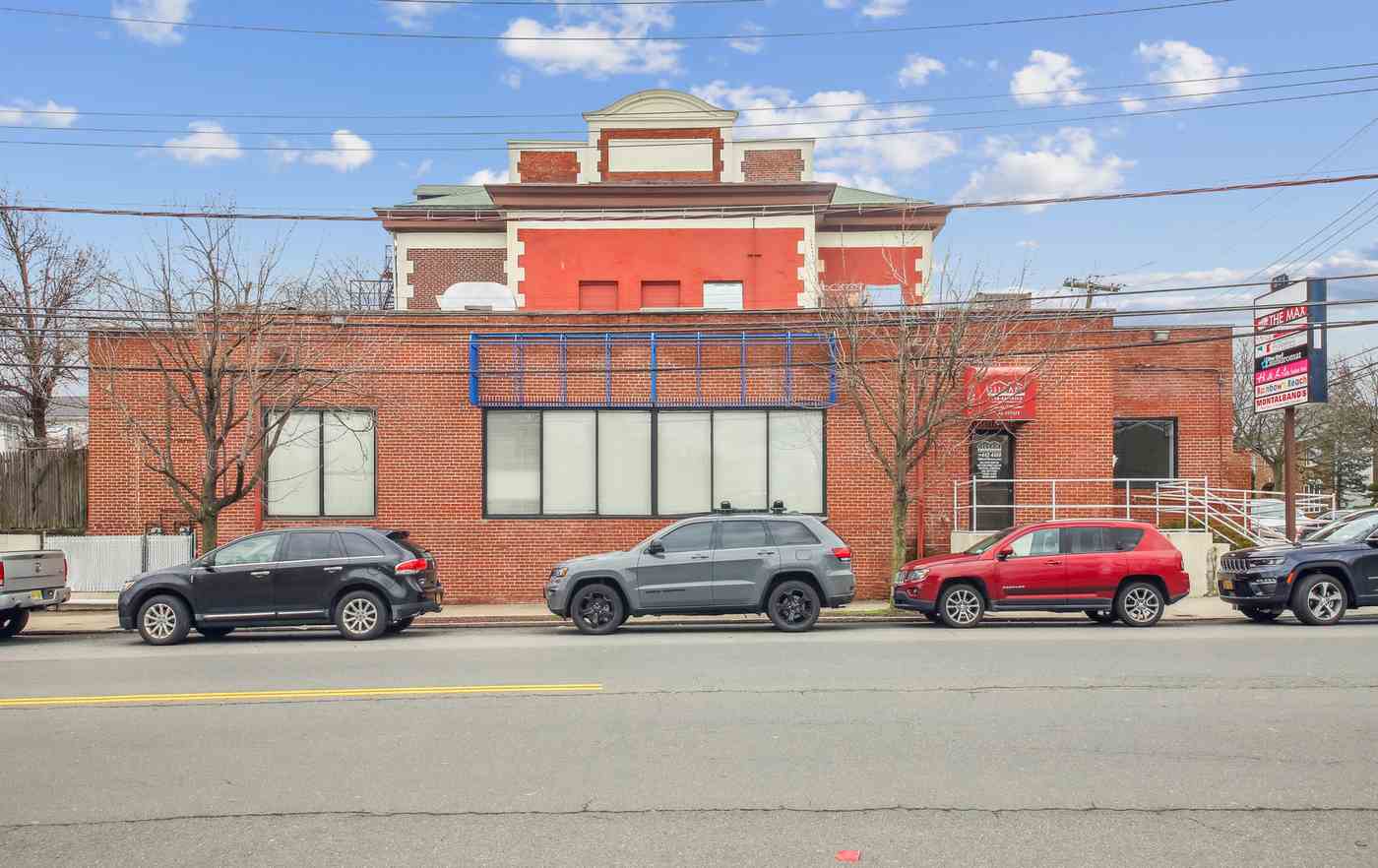1. Plan Each Room Individually
When planning the lighting in your home, remember that not every room has the same needs. Each room should have a different plan in place based on its size, its shape, and the amount of natural lighting.
A larger room, for example, needs light fixtures that will fill in the entire space. A smaller room may only need a standing lamp or a small light fixture.
Similarly, a loft will have very special needs compared to a kitchen or bedroom. You may want to check out this lighting guide if you’re trying to create the perfect plan for your loft.
2. Use Lighting Variation
Going off of the last point, it’s a great idea to vary the type of lighting you use. There are all kinds of interesting types of lamps and light fixtures, and each design can add some additional stylishness to your home.
Pendant lights, standing lamps, toe-kick lighting, upward-pointing light fixtures, and other types of lighting all have their place. Also, consider using lights of varying heights within a room to ensure a room is lit up well.
3. Go Beyond Functionality
While paintings and wall decorations can make your home seem more stylish and personalized, lighting can do the same. Consider installing light fixtures and lamps to add stylishness to your home and to showcase your own individual tastes.
Not every light has to have a functional purpose beyond simply liking how it looks and how it makes your space feel.
4. Maximize Natural Lighting
You wouldn’t be considering the lighting in your home properly if you didn’t take natural lighting into account as well. Some rooms will have plenty of natural lighting during the day and will barely need much additional lighting. Others will have almost no natural light at all.
Be sure to think carefully about natural lighting and look for ways to increase natural light in your home wherever possible.
5. Make the Right Home Tweaks
When planning the lighting for your home, you should consider how other features and decorations will interact with it.
For example, wall color is important and can play a big role in how well the lights in your home light up a room. You may want to opt for lighter walls as these will reflect lighting a lot better than darker colors will.
Similarly, some well-placed mirrors can also be helpful and can make even a small amount of lighting seem like much more.
Learning How to Light Your Home Perfectly
While there is a lot more to learn about how to light your home properly, the tips above serve as a great starting point. By keeping the above principles in mind when choosing the lighting for your home, you’ll be able to make your home more comfortable and well-lit than you may have expected.
Looking for more home advice and guides? Start reading through our blog now to find more interesting insights and useful tips.







Leave a Comment